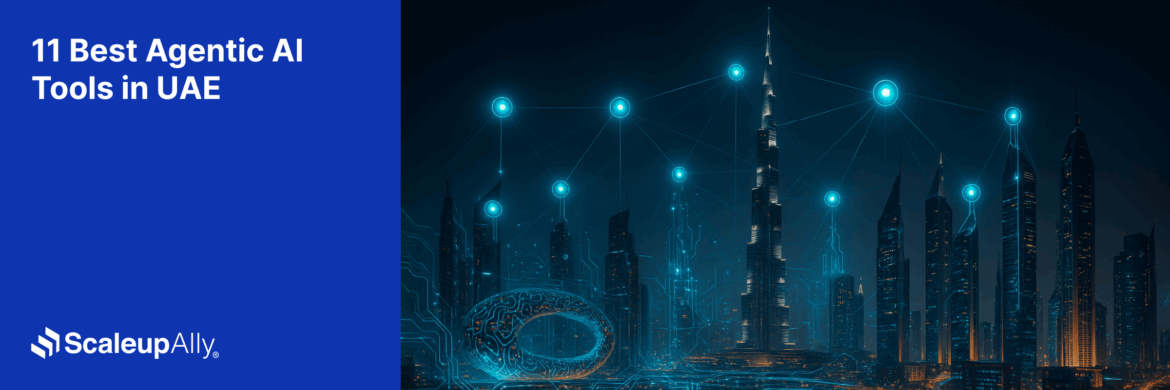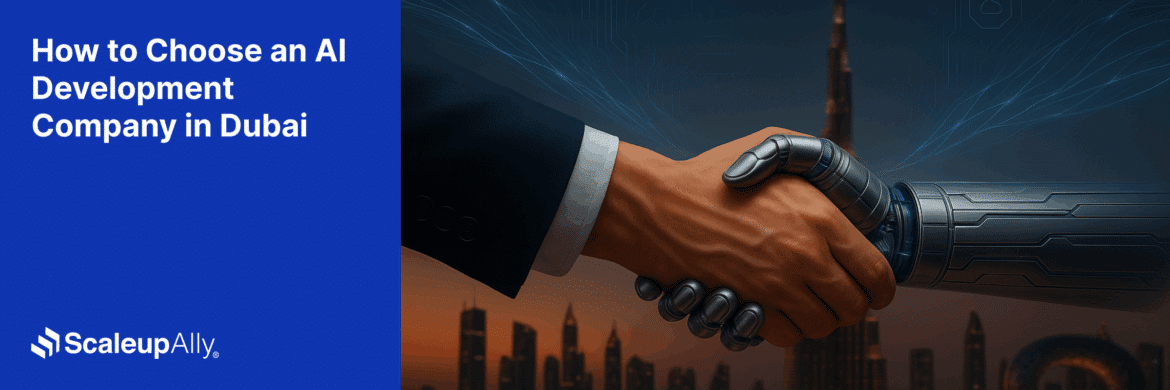
AI Workflow Automation Trends: How AI is Reshaping Business Processes in 2025
Manu Jain | August 27, 2025 , 9 min read
Table Of Content
AI workflow automation is transforming how work gets done—eliminating some jobs while creating entirely new ones. On the bright side, too, it is creating new jobs we never imagined. McKinsey found that 70% of companies will adopt at least one AI technology by 2030. Interestingly, the businesses adopting AI technologies are small companies. They are using AI workflow automation trends to leapfrog their competition. In this blog, we explore some of these trends for 2025.
Key Takeaways
- 85% of businesses have started automating workflows, but most are still stuck on basic tasks while early adopters are processing 3x more work with the same staff.
- Marketing, HR, and finance teams now build their own automation without waiting for IT, with 75% of new implementations using no-code tools.
- Generic automation is dying as companies demand AI built for their sector’s unique challenges and compliance needs.
- Modern AI continuously adjusts processes automatically, reducing bottlenecks by 35% while humans focus on strategy instead of firefighting.
Current Scenario of AI in Workflow Automation
At this moment in history, though we may not realize it, we’re sitting in the middle of a revolution. AI is changing the world, and it has come to stay. It’s rewiring the entire operations of businesses around it. The global workflow automation market was $19.76 billion in 2023, and analysts expect it to reach $45.49 billion by 2032.
But it gets more interesting when enterprise AI workflow automation trends show that 57% of businesses have already started their automation journey, and 38% plan to start within a year.
However, if you look further, you’d notice a disconnect. While 79% of leaders say AI workflow automation is critical for staying competitive, barely 33% have moved beyond basic task automation. Most companies are still stuck automating simple stuff such as data entry, email responses, scheduling, etc. True transformation begins when AI starts making decisions rather than just following scripts.
Economics drives this shift we are noticing. A Deloitte-backed report reveals that organizations which have advanced beyond the initial testing stage of intelligent automation experience an average cost savings of 32%. But cost isn’t the only motivator anymore. Speed is becoming everything.
Take customer service as an example. Traditional ticket resolution used to take days. Now AI-powered workflows can diagnose problems and suggest solutions in minutes. The AI workflow automation market trends for 2025 show this pattern repeating across industries – finance, healthcare, manufacturing, retail, and many more.
Companies that started their automation journey before 2023 are now processing 3x more work with the same headcount. The early movers are pulling ahead fast.
The AI workflow automation conversation has shifted away from replacing humans with machines. Companies are using AI to amplify what people do best while handling everything else automatically. That’s where the competitive advantage lies.
10 Key AI Workflow Automation Trends to Keep an Eye On
The global workforce landscape is shifting faster than most people realize. These AI workflow automation trends for 2025 are reshaping how work gets done across every industry.
1. Hyperautomation
Companies are moving from automating single tasks to connecting entire process chains to create end-to-end workflows that barely need human intervention. It is no surprise that Gartner notes that hyperautomation remains a priority for 90% of large enterprises. The market itself shows that the global hyperautomation market was valued at $43.32 billion in 2023, with a projected growth to $198.96 billion by 2033.
Results are driving this surge because businesses are utilized hyperautomation to reduce documentation time by 40% and cut turnaround time by 50%. The technology has finally caught up to the promise.
2. No-Code AI Platforms
Building AI workflows used to require so many ML engineers. That is not true anymore. Sophisticated automations are now being created by business users who have no coding experience. They are not required to write a single line of code.
The no-code AI market was $13.83 billion in 2023, with projections to grow to $24.42 billion by 2030. More telling? 75% of new AI workflow implementations now use no-code or low-code platforms. This democratization changes everything since marketers can build customer journey automation, and HR departments can create onboarding workflows. Not to forget finance teams handling invoice processing – all without software engineers..
3. Conversational AI
Workers prefer talking to their systems and asking questions in plain English for instant results. Conversational AI in enterprise applications will reach $18.4 billion by 2026, growing at 21.8% annually. Even more striking, 62% of knowledge workers say they’d prefer voice or chat interfaces over traditional software navigation.
The shift makes sense. Why hunt through databases when you can ask “Show me all overdue invoices from our top 10 clients” and get answers immediately?
4. AI-Powered Decision Making Takes Over
AI isn’t just processing data anymore – it’s making choices that used to require human judgment, like credit approvals, hiring decisions, inventory management, etc. All these are happening automatically.
By 2027, Gartner forecasts that AI agents will augment or automate 50% of business decisions. In an AI-augmented decision-making context, studies report an improvement in processing accuracy of ~56%, along with 38% faster execution times and 42% reduction in system response times.
The trust factor is building. As AI proves its reliability, businesses hand over increasingly complex decisions.
5. Industry-Specific AI Solutions
Generic automation is giving way to specialized solutions built for specific sectors. Healthcare AI as an example, handles patient workflows differently than how retail AI manages inventory. You can’t fit a square peg in a round hole.
That said, AI use cases are expected to make up only 27% of total AI spending. In healthcare alone, AI workflow automation is expected to save $150 billion annually by 2026 through reduced administrative costs and improved efficiency.
Each industry has unique pain points. Generic solutions isn’t going to work anymore.
6. Real-Time Process Optimization Becomes Standard
Modern AI systems will continuously monitor, analyze, and adjust processes in real-time based on performance data.
In one case study, average process times dropped from 31 days to 26 days, which is a reduction of about 16%, alongside reduced human involvement.
7. Multi-Modal AI Integration Accelerates
AI workflows are getting smarter about handling different types of data – text, images, voice, video – all within the same process. A customer service workflow might analyze an email, process attached images, and generate responses across multiple channels simultaneously.
Gartner forecasts that 40% of generative AI solutions will be multimodal by 2027, up from just 1% in 2023. The productivity gains are substantial too, according to Document AI reports, automation enables tasks like manual data entry to drop by up to 90%, drastically accelerating workflows.
8 Predictive Workflow Analytics Reshape Planning
AI systems now forecast bottlenecks, resource needs, and optimal timing before problems emerge. In a cloud-native setup, an adaptive resource allocation model (ARAS) integrated with Kubernetes achieved 9.8% to 40.9% reduction in average total workflow duration and 26.4% to 79.9% reduction in the duration of individual workflows. The global predictive analytics market is projected to reach $35.45 billion by 2027, driven by organizations seeking proactive rather than reactive management. Smart businesses are shifting from putting out fires to preventing them entirely.
9. Edge AI Brings Automation Closer
Processing power is moving from distant cloud servers to local devices and edge computing nodes. This shift enables instant decision-making without internet delays – crucial for manufacturing, logistics, and field operations.
A survey by ZEDEDA/Censuswide found that 97% of CIOs have Edge AI either already deployed or on their roadmap. Specifically, 30% have fully deployed, 22% are in limited production, and 34% are in testing (with deployment planned within two years). Notably, manufacturing leads in full deployment at 40%. When milliseconds matter, having AI processing happen locally changes everything. Assembly lines won’t wait for cloud responses, and delivery trucks will make routing decisions instantly based on real-time conditions.
10. AI Governance and Explainability Become Non-Negotiable
As AI handles more critical business processes, organizations demand transparency about how decisions get made. Regulatory pressure and business risk management are driving requirements for explainable AI workflows.
MarketsandMarkets reports that the AI governance market grew from USD 890.6 million in 2024, and is projected to reach USD 5,776 million by 2029, indicating a strong compound annual growth rate of 45.3%. Compliance-driven industries like financial services and healthcare are leading adoption. According to Deloitte’s framework, explainability is a core component of Trustworthy AI in banking, and many institutions are establishing task forces and incorporating explainability into processes like model development and automation.
Conclusion
The companies winning tomorrow are automating today. While others debate and delay, smart businesses are already rewriting their playbooks with AI workflow automation.
Your competitors aren’t waiting. Neither should you.
Contact us to discover which AI workflow automation trends can revolutionize your processes and give you the competitive edge you need.
Frequently Asked Questions
Q: What is AI workflow automation?
AI workflow automation uses artificial intelligence to handle repetitive business tasks automatically. Instead of humans processing tasks manually, AI systems make decisions and complete entire processes without intervention.
Q: How can AI automation improve business efficiency?
AI automation eliminates reduces errors, and speeds up processes. Companies report 30-40% cost savings and 85% faster completion times. Workers focus on strategy while AI handles routine tasks automatically.
Q: What is the future of AI in workflow management?
AI will make autonomous decisions, predict problems before they happen, and continuously optimize processes in real-time. By 2025, 40% of business decisions will be fully automated, transforming how organizations operate.
Related Blogs

OpenAI for Businesses [Benefits, Use Cases & Challenges]
Discover the benefits of OpenAI for businesses. From reducing costs to scaling operations and enriching customer experiences. Real-world use cases included.
ScaleupAlly Team
Dec 16 ,
11 min read

Best 11 Agentic AI Tools in UAE: Accelerating Digital Transformation
Discover the top 11 agentic AI tools in UAE for 2025. Explore features, benefits, and tips to choose the right AI tool for your business growth.
Manu Jain
Nov 6 ,
9 min read

How to Choose an AI Development Company in Dubai: A Complete Guide
Find out how to choose the right AI development company in Dubai. Learn key factors, local considerations, and tips to select the best partner.
Manu Jain
Nov 6 ,
9 min read


